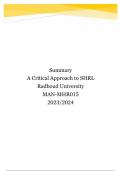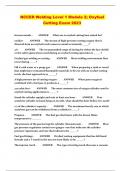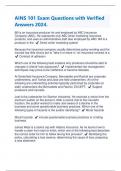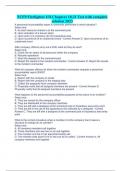Samenvatting
Extensive Summary A Critical Approach to SHRL - MAN-MHR015
Extensive Summary A Critical Approach to SHRL - MAN-MHR015 - from the year 2023/2024. All mandatory chapters from Bratton & Gold (incl. chapter 11), and articles from the course guide!
[Meer zien]












